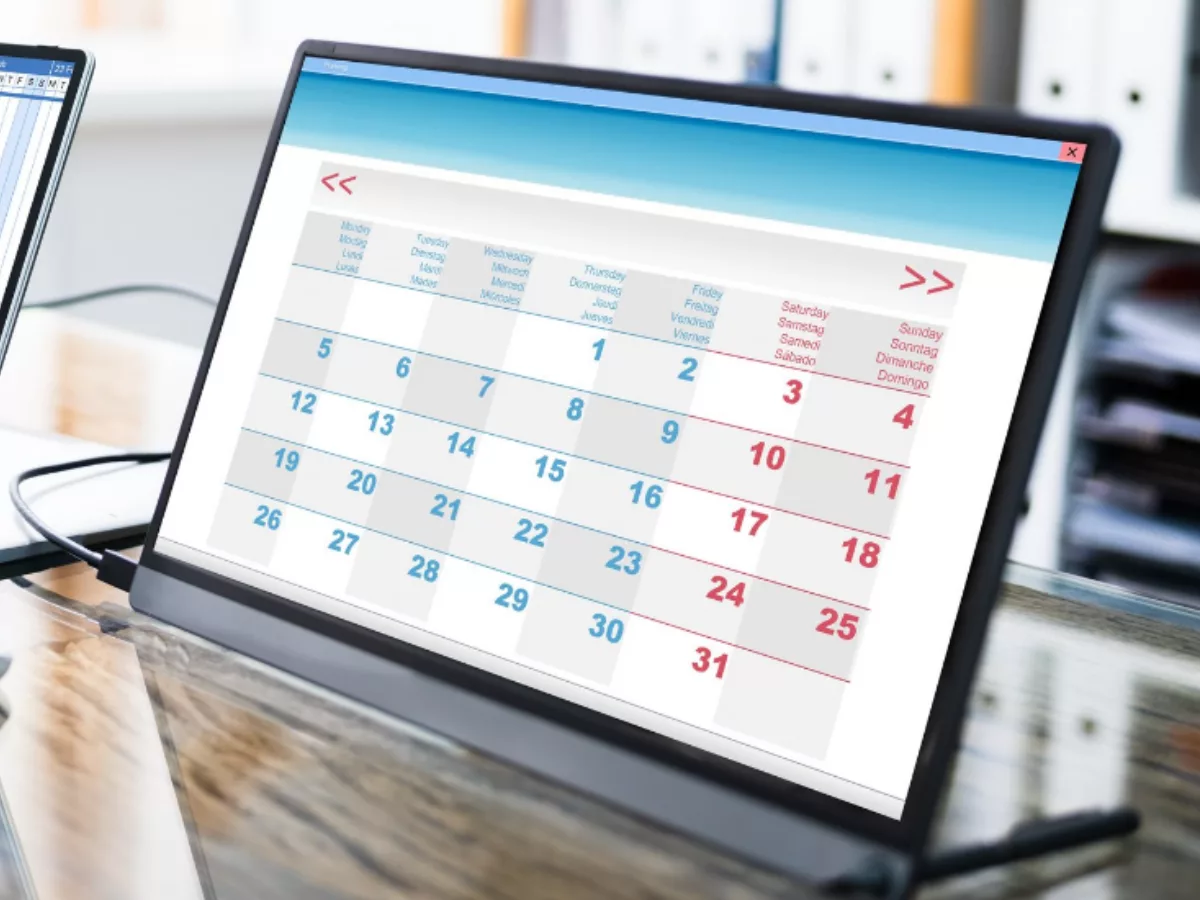Mission
ASU Prep Digital’s mission is to “design new models for educational success, and to raise academic achievement for all learners. [They] strive to equip each of [their] students with the knowledge and training to graduate high school and be successful in college. [They] believe that a strong college-going community is imperative for the success of [their] students, [their] community, and [their] global society. [They] believe that every student can achieve a post-secondary education, and have designed [their] coursework and mentorship programs to make sure that belief becomes a reality.”
Demographics
ASU Prep Digital serves a diverse student population. Approximately 23 percent of students identify as Latine, six percent identify as Black, and 16 percent of students receive free or reduced-price lunch.
Experience Overview
ASU Prep Digital is a virtual, public K-12 charter school that is part of the Arizona State University Preparatory Academy. Established in 2017, ASU Prep Digital started out as an online high school and expanded to include elementary and middle school for the 2020-21 school year as a response to the COVID-19 pandemic.
High school students can choose to enroll at ASU Prep Digital as full-time or part-time students. Full-time students can take all of their courses through ASU Prep Digital and earn their high school diploma. They can also take up to two concurrent courses at Arizona State University per semester tuition-free and accelerate their path toward college. Part-time high school students may take one or two online courses while still attending their district school in person or remotely. These can be high school, university, or concurrent courses where students earn both high school and university credit.
ASU Prep Digital strives to build a strong partnership between students, teachers, and families to ensure students feel connected to the school and to their peers. The school offers virtual clubs so students can interact with peers in a non-academic setting, as well as family events for parents/caregivers to be part of the ASU Prep Digital community.
Learning In Action
ASU Prep Digital embodies a “classroom-of-one” approach, in which they work closely with each student on their individual learning journey. Students can work as fast as they want, as long as they keep up with a minimum required pace, allowing students to advance more quickly than in a traditional school setting. Learning experiences can differ based on each student’s grade level; students in kindergarten through fifth grade follow a more synchronous approach, whereas students in grades six through twelve follow a more asynchronous approach.
All students are assigned weekly playlists, which map out the week’s plans, and students can choose to move as quickly as they would like through them. K-5 students start off each day in a “class huddle” with their homeroom teacher, followed by a whole-group live lesson, leveled small groups, one-on-ones, and independent time in the afternoon. Students in sixth through twelfth grade pace themselves through asynchronous coursework each day, coupled with optional whole-group live sessions once a week per class.
ASU Prep Digital also hires Learning Success Coaches (LSCs) who work closely with middle and high school students around learning pathways and career/college planning. Students check in with their LSC weekly to share their academic progress, talk through any challenges they may be facing, and ensure they are progressing forward on their learning path. LSCs also hold weekly homerooms and facilitate social-emotional learning activities to support and build relationships with their students.
Teaching In Action
A cornerstone of the ASU Prep Digital program is a high-touch approach between teachers, students, and families. Teachers start off the semester with a welcome call and are in constant communication throughout the semester with text messages, phone calls, and video conferences. All students are required to have a “home educator,” a parent or caretaker who supports their student while enrolled in the virtual school. Teachers work closely with home educators to learn more about each student and their interests, check in monthly about the student’s progress, and provide ongoing academic support. Teachers are responsible for holding students accountable for work completion, and they work in tandem with LSCs and families to ensure student success.
Teachers provide a range of instructional options, including daily class huddles for elementary students, daily or weekly whole-group live lessons, targeted small groups, and discussion-based assessments. Since middle and high school students are not required to attend synchronous classes, teachers need to ensure that they are engaging with students and providing them with targeted support when they need it. Teachers also conduct discussion-based assessments twice per student, per semester, to be able to talk through concepts and skills with students while providing them direct feedback and multiple opportunities to demonstrate mastery.
Associated Resources
The strategies below explore some of the best practices used by ASU Prep Digital, which can be replicated, adapted, and implemented across different school settings.
The following artifacts from ASU Prep Digital provide illustrative examples of what their teaching and learning strategies look like in action.
Conditions for Success
Learning Materials & Tools - The school utilizes numerous online platforms, such as HMH Into Reading (K-6), PBS LearningMedia, and ALEKS, which provide robust data dashboards as well as adapt to students’ unique abilities. The data from these platforms help inform data-driven conversations between students, teachers, families, and LSCs.
Professional Development & Learning - Because the school is virtual, they are able to hire teachers from all over the country who have demonstrated success in the classroom. Teachers are trained to work with a student-centered mindset and are continuously in touch with and develop close relationships with students and their families. Teachers are taught to engage with students and learn about their interests, and then bring those into the classroom to support students’ identities.
Community & Culture - The school offers a variety of social activities for their community, including student clubs, family events, special-interest groups, and social activities. The school encourages parents and families to connect with each other as well as with school staff by hosting principal “coffee chats,” fundraisers, game nights, and more.
Communications - Teachers and LSCs have an open and continuous communication cycle with students and families. They call, text, or email frequently, including to welcome them at the beginning of the school year and learn more about students’ interests, and to track their progress over the course of the year through weekly check-ins. Teachers and LSCs track their outreach using a communication log.
Time - Students have a mix of synchronous and asynchronous coursework that they can progress through at their own pace. The school provides flexibility in scheduling for students, enabling them to take ownership over their learning.
Change Management - The school was launched in 2017 as a high school, but once the COVID-19 pandemic hit and there was a demand for K-12 virtual schooling, ASU Prep Digital introduced grades K-8. They created a new program with multiple tools and platforms, and helped their staff transition to a larger school.
Continuous Improvement - To help students better navigate the internship process, the school hired an internship coordinator this year to support students in finding opportunities on campus (ASU) or in seeking external jobs. The internship program is currently only offered to juniors and seniors, and the school hopes to continue to improve the program and include lower grades in the future.
Other Key Highlights
Full-time high school students at ASU Prep Digital can take two ASU college-level courses per semester to earn credit and accelerate their path to college and careers.
Students can work with an internship coordinator to find jobs that are located on the ASU campus or create their own local opportunity if they don’t live in Arizona. The innovative internship program serves a dual purpose of providing a pipeline to ASU as well as offering real-world experience to its students.
Explore More School Models

The Forest School Online is a small, independent, tuition-based virtual school...

Laurel Springs School is a private, tuition-based online school for K-12...








